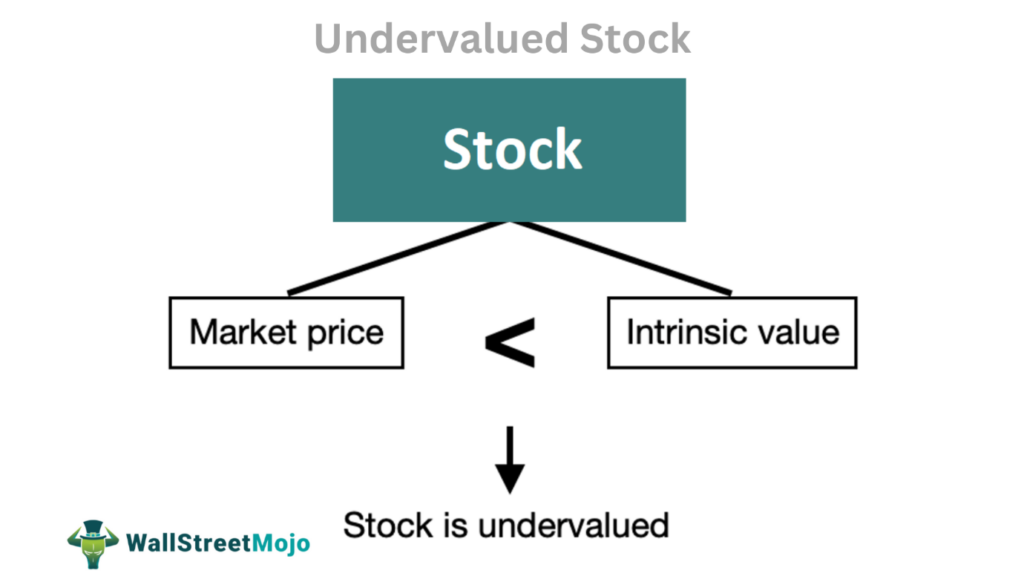Introduction
Investing in the stock market can be a rewarding endeavor, but it’s crucial to make informed decisions to maximize your returns. One key factor in stock selection is determining if a stock is undervalued—trading below its intrinsic value. Finding undervalued stocks can provide an opportunity for substantial gains, as they have the potential to appreciate towards their true worth. In this article, we’ll explore the concept of undervalued stocks, discuss methods to identify them, and provide expert advice to enhance your investment strategy.

Image: www.smallcase.com
Understanding Undervalued Stocks
An undervalued stock is a security whose market price is lower than its intrinsic value, which is the estimated worth of the business based on factors such as its earnings, assets, and growth potential. When a stock is undervalued, there may be a market inefficiency or a temporary dip in its price that can present an opportunity for investors to buy at a discounted value.
Determining a stock’s intrinsic value can be challenging, as it involves subjective and complex financial models. However, there are several quantitative and qualitative factors that can help investors assess if a stock is potentially undervalued. Let’s explore some of these methods.
Identifying Undervalued Stocks
Quantitative Methods
- Price-to-earnings (P/E) ratio: This metric compares a stock’s market price to its earnings per share. A low P/E ratio can indicate an undervalued stock.
- Price-to-book (P/B) ratio: This ratio compares a stock’s market price to the book value of its assets. A low P/B ratio suggests that the stock may be undervalued.
- Dividend yield: Companies with high dividend yields relative to their industry peers may be undervalued, as they offer investors a steady stream of income.

Image: www.wallstreetmojo.com
Qualitative Methods
- Industry and company analysis: Understanding the industry dynamics, the company’s competitive position, and its management team can provide insights into its potential value.
- News and sentiment analysis: Negative news or market sentiment can temporarily drive down stock prices, creating undervalued opportunities.
- Technical analysis: This approach involves studying historical price data to identify potential undervalued stocks based on technical indicators and patterns.
Expert Advice for Spotting Undervalued Stocks
Identifying undervalued stocks requires a combination of financial analysis, research, and experience. Here are some expert tips to enhance your stock selection process:
- Look beyond headline numbers: Don’t rely solely on headline metrics like P/E or P/B ratios. Dig deeper into financial statements and consider factors like growth prospects and profit margins.
- Consider the company’s management: A strong management team with a proven track record can positively impact a company’s value.
- Monitor market sentiment: News and events can significantly affect stock prices. Stay informed about market sentiment and identify opportunities created by overreactions.
- Be patient and do your research: Finding undervalued stocks takes time and effort. Thoroughly research potential investment opportunities and be patient for the market to recognize their true value.
Frequently Asked Questions
Q: How can I tell if a stock is undervalued?
A: Consider a combination of quantitative (P/E, P/B, dividend yield) and qualitative (industry analysis, news sentiment) factors to assess the potential for undervaluation.
Q: What are some risks associated with investing in undervalued stocks?
A: Undervalued stocks may not immediately appreciate in value and could even decline further if market conditions worsen or if the company’s fundamentals deteriorate.
Q: How can I protect my investments while seeking undervalued stocks?
A: Diversify your portfolio across multiple undervalued stocks and sectors, conduct thorough research before investing, and invest with a long-term perspective.
How To Know If A Stock Is Undervalued
Conclusion
Identifying undervalued stocks can be a rewarding aspect of investing. By understanding the concept of intrinsic value, utilizing both quantitative and qualitative methods, and following expert advice, investors can uncover opportunities to potentially enhance their returns. Remember that stock investing involves inherent risks, but with careful research and patience, undervalued stocks can be a valuable part of a diversified portfolio. Are you ready to embark on the rewarding journey of finding undervalued stocks?






